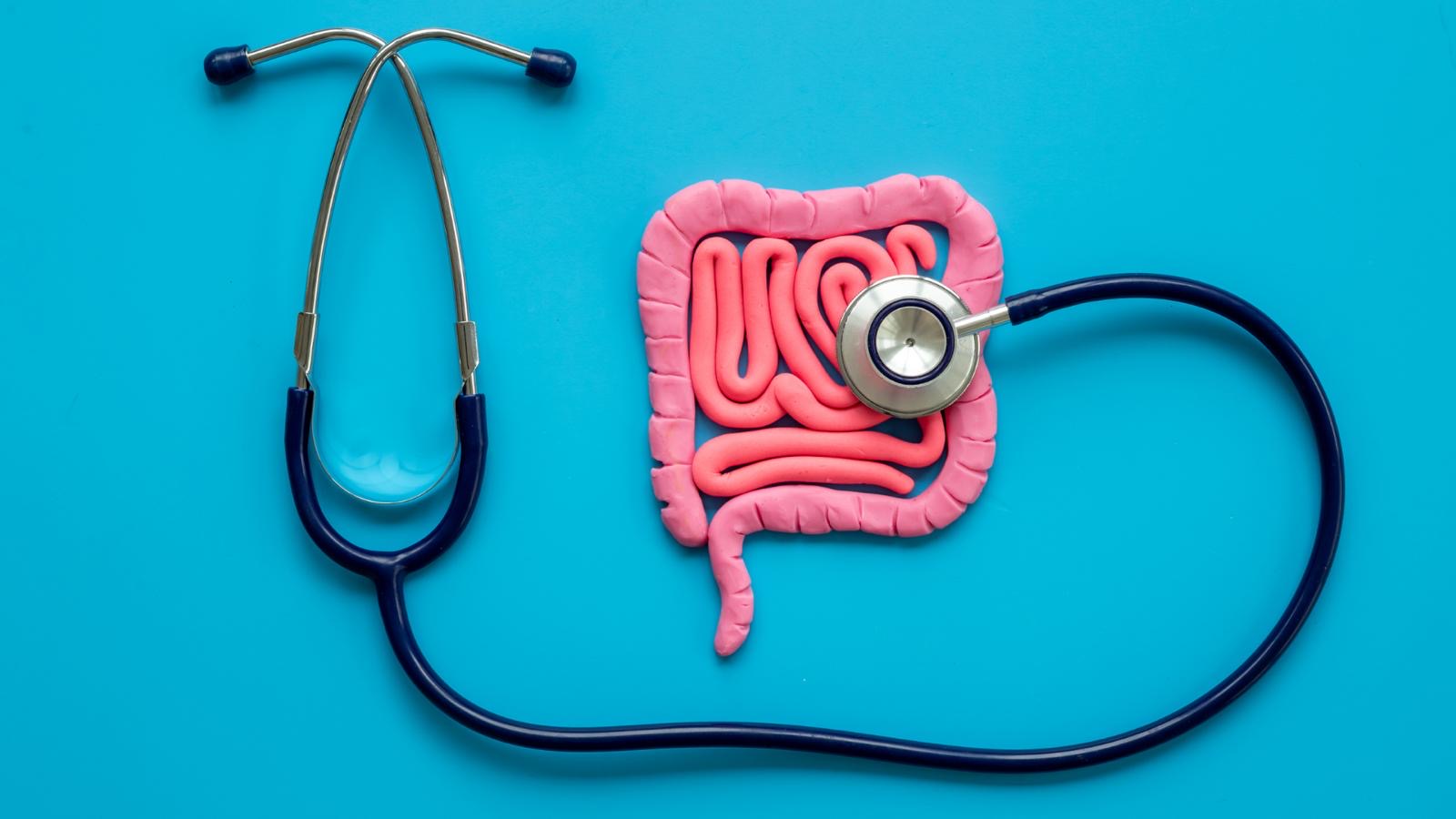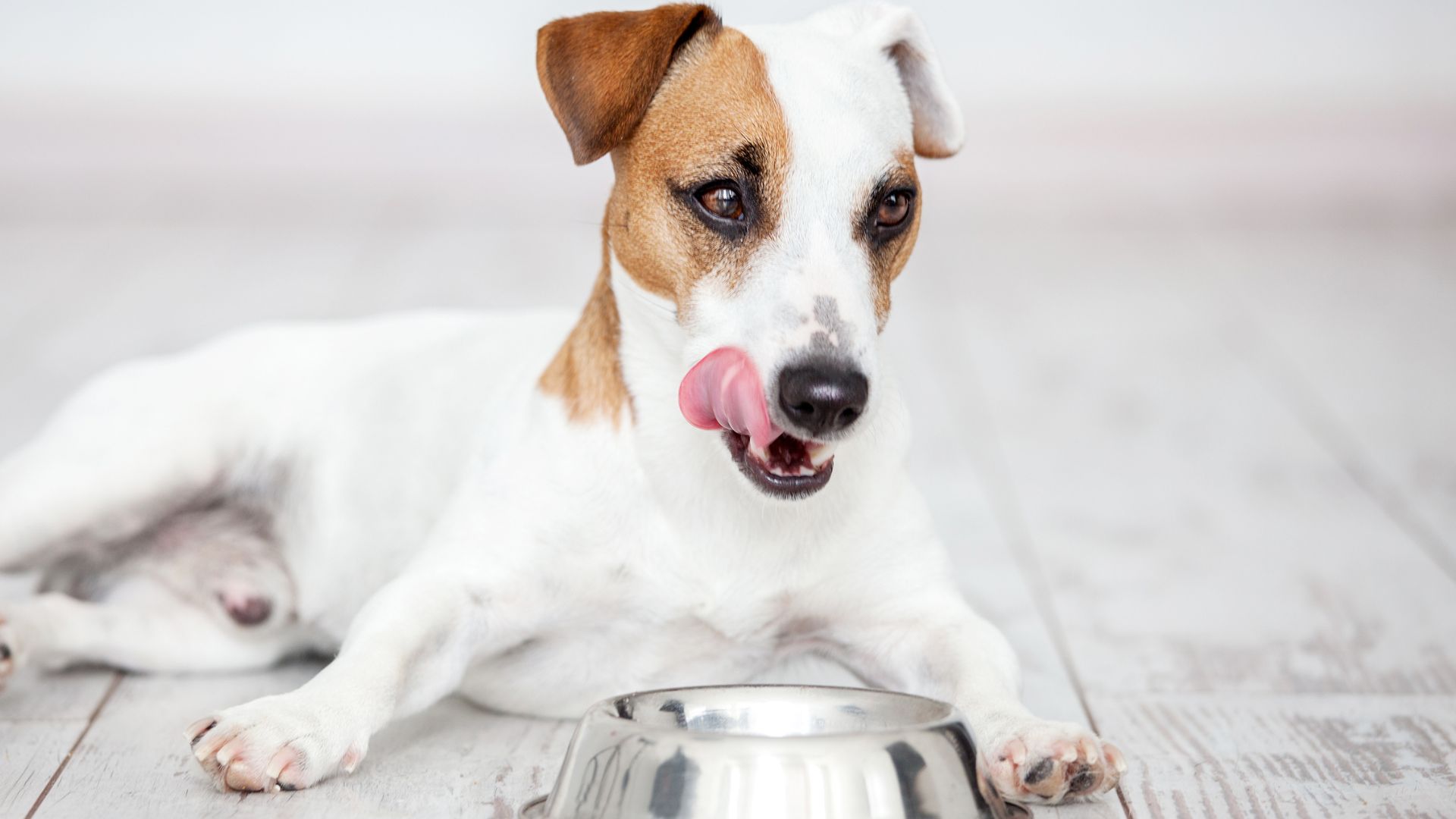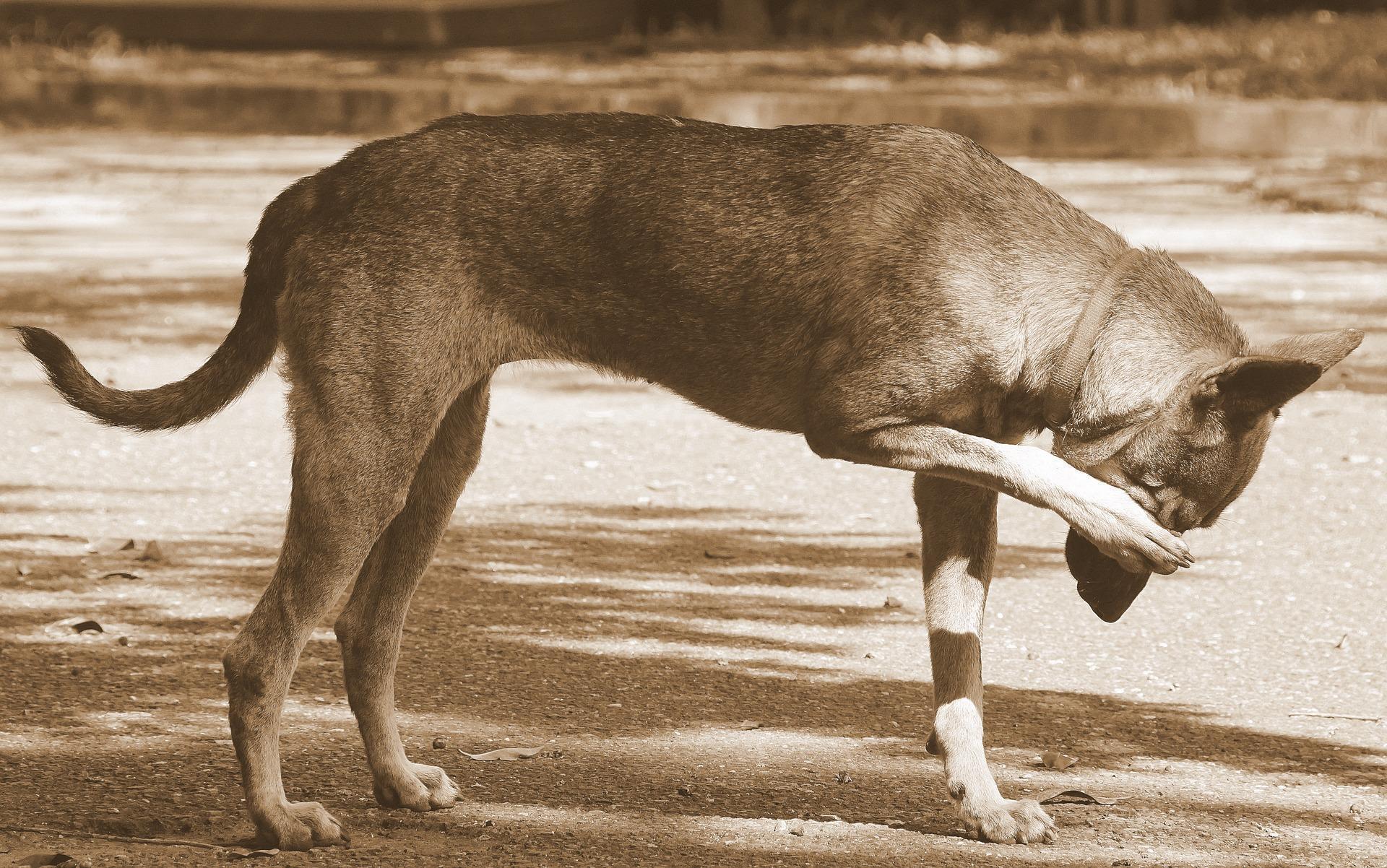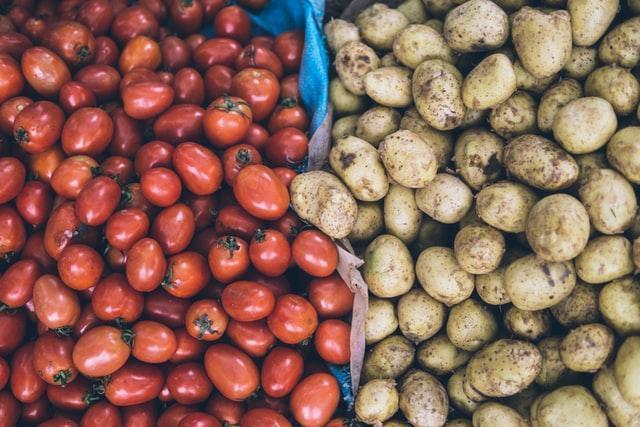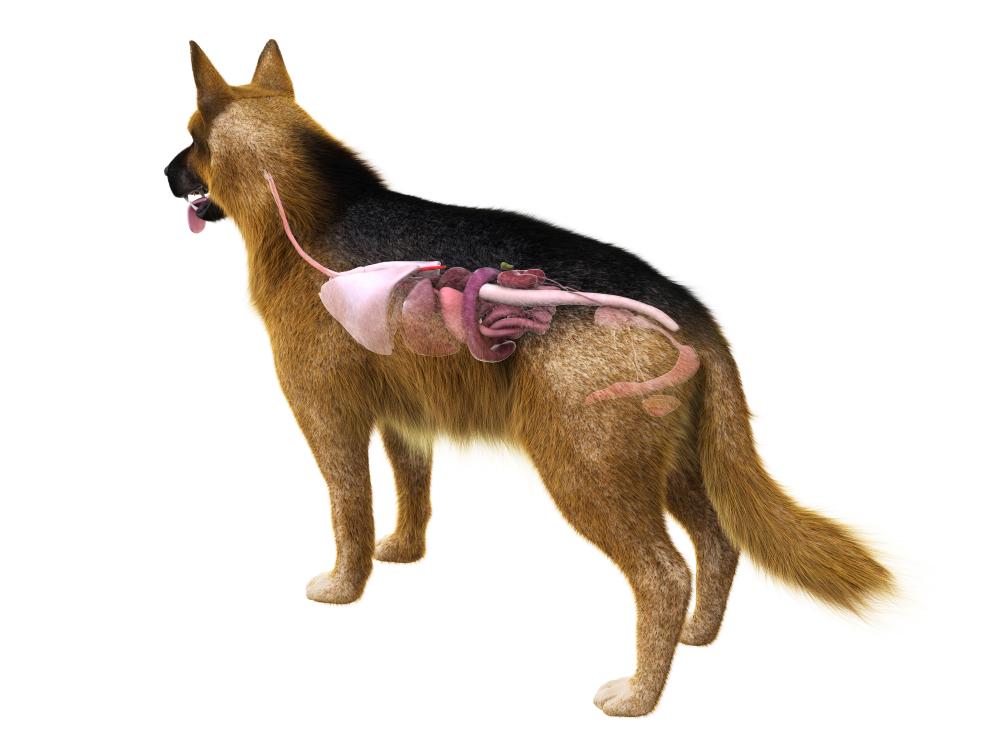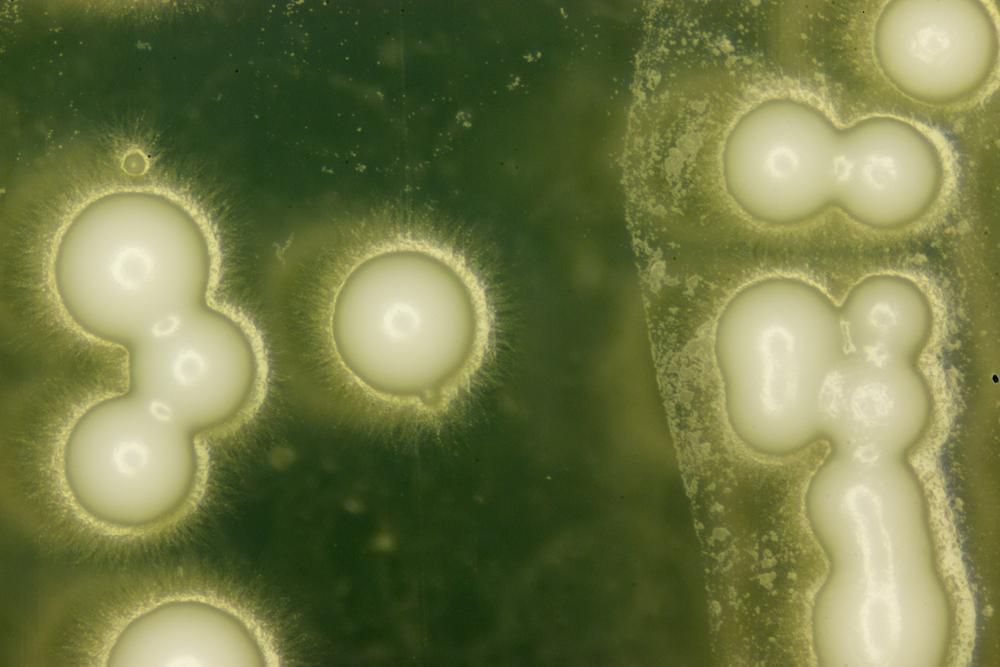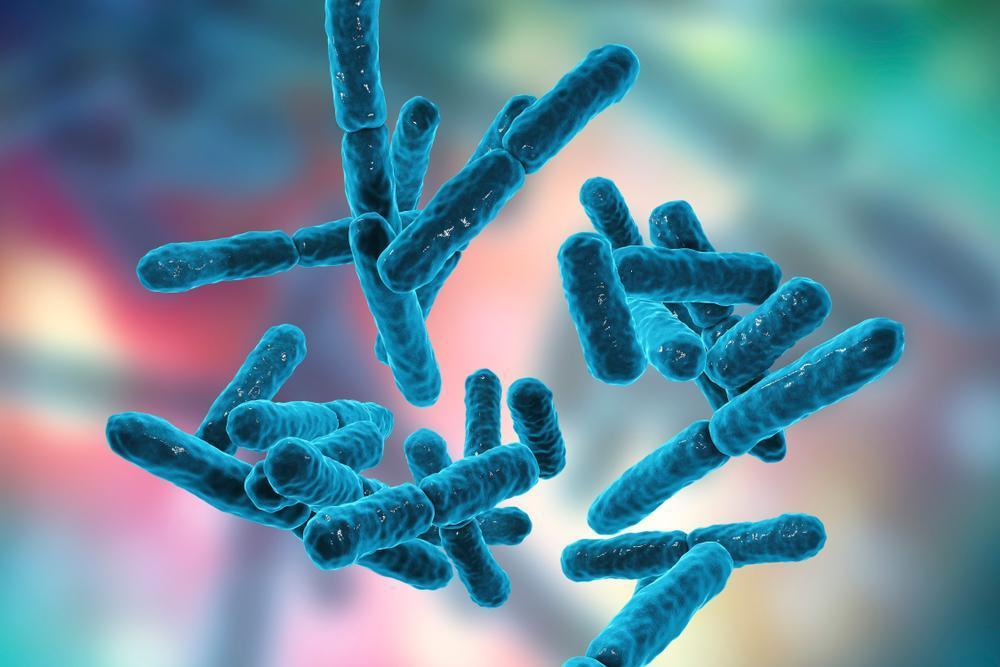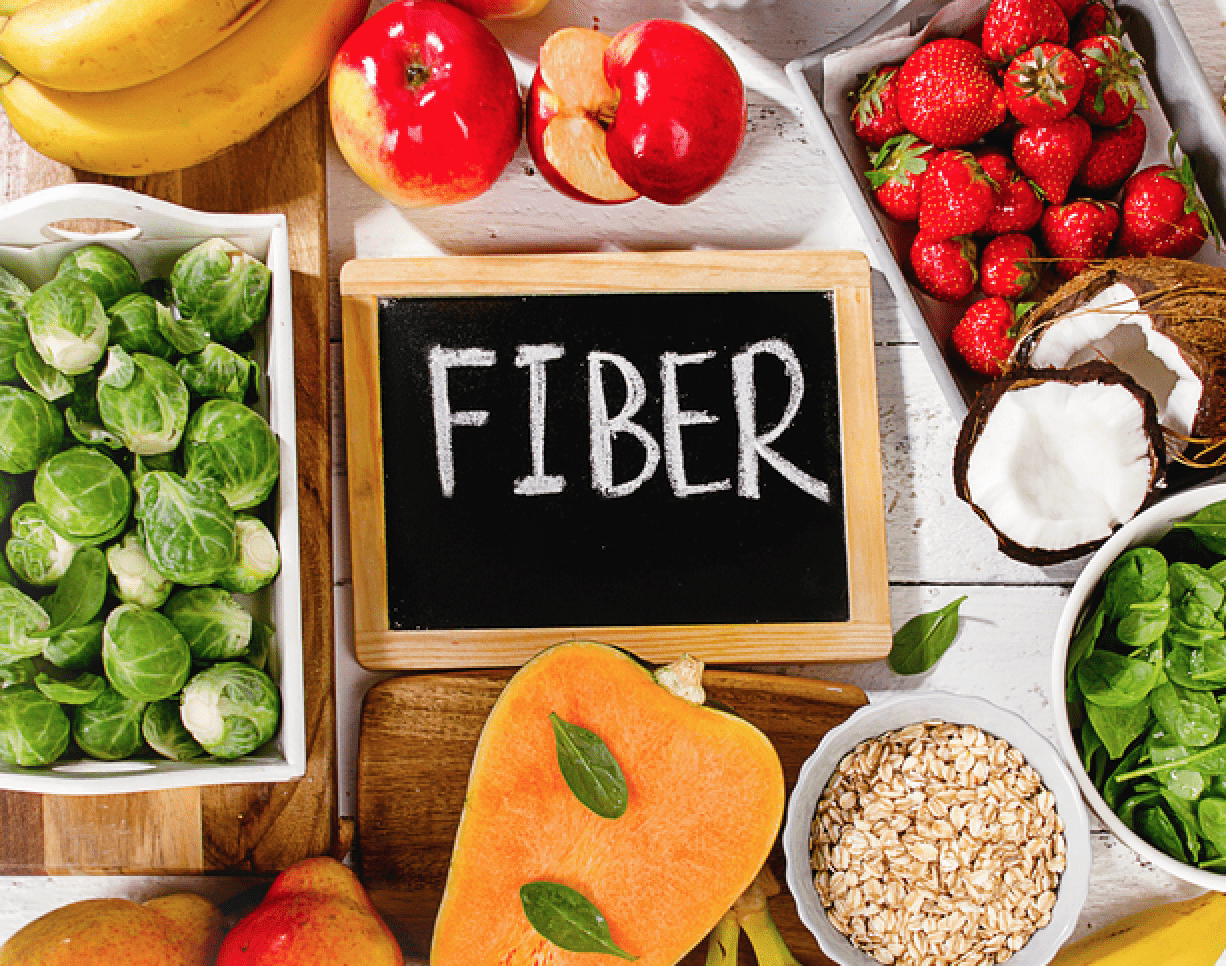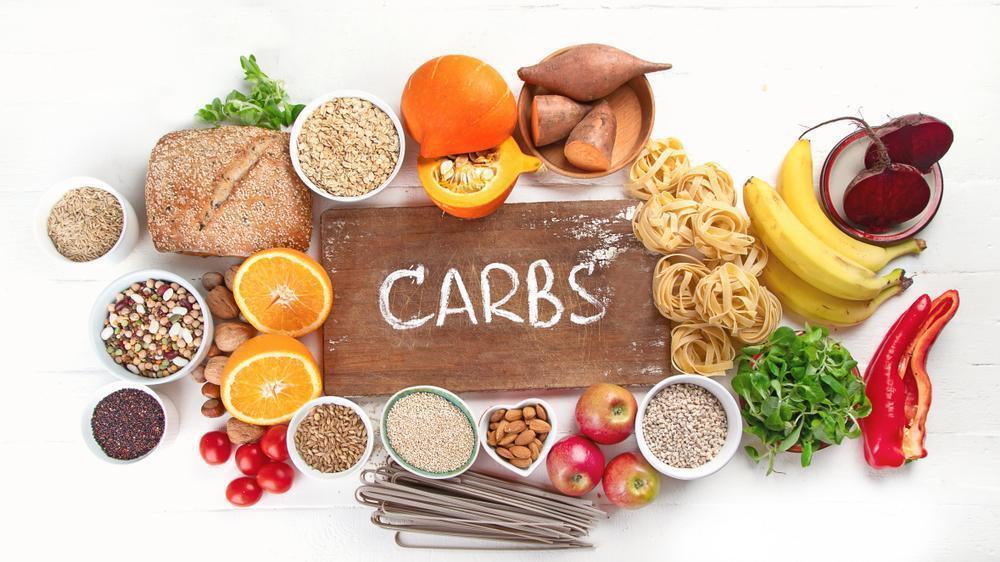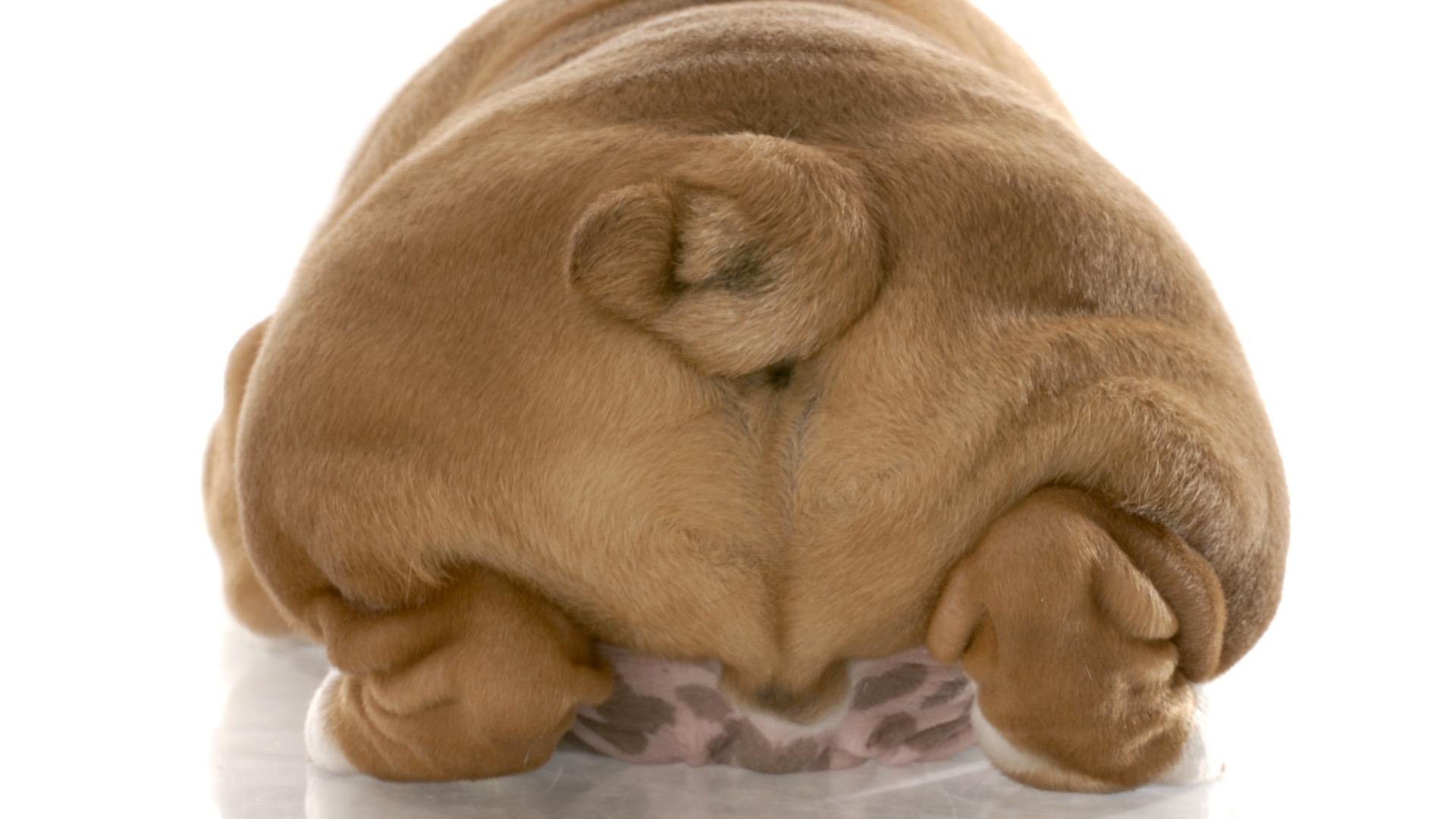Whilst carbs are generally demonised in human and pet health, if you want to reap the rewards of fibre, you’ll have to play fair with carbohydrates.
So, let’s look at carbs for what they really are. A carbohydrate is a molecule made up of carbon, hydrogen, and oxygen, which is why you may often see them noted CHO. Their primary function is to provide energy. Carbohydrates are made up of three components, fibre, starch, and sugar. Sugar is a simple carb. Having fewer molecules to digest and breakdown, it sends an immediate burst of glucose into the blood stream. This is the one that tends to cause a ruckus. Fibre and starch, however, are complex carbs, having longer chains of molecules. Starch takes longer to digest, having a more gradual effect on the body and fibre is a non-digestible complex carbohydrate.
So, whilst fibre possibly doesn’t get the attention it deserves, and carbohydrates are routinely demonised, the heath benefits are often overlooked. Fibre, you may be surprised to learn, can be a key player in maintaining absolute gut health and supporting anxious behaviours.
1) Fibre to support your dog’s gut barrier
If fibre and resistant starch can’t be digested, what happens to it?
It gets fermented by the bacteria living in the gut. This produces short-chain-fatty acids, also known as SCFAs. The most common SCFAs produced are acetate, butyrate and propionate and they all have unique roles. They provide fuel for intestinal epithelial cells, which strengthen the gut barrier and butyrate is known for its role keeping the junctions of the barrier nice and tight. Not only that but SCFAs are able to stimulate mucus production, which is vital for creating a barrier between the external environment and the underlying gut epithelial layer. Mucin production plays an important role in protection from harmful pathogens and immunity.
Findings here
2) Fibre to support your dog’s well-bein
As you have seen, non-digestible fibre gets fermented into SCFAs in the gut. SCFAs also exert effects on the brain. Not only have all examples of SCFAs been found in the brain, suggesting they can cross the blood-brain-barrier, they appear to modulate neurotransmitters and neurotrophic factors.
Neurotransmitters are chemical messengers used by the body’s nervous system. Acetate has been shown to affect levels of glutamate and GABA. Glutamate is an excitatory neurotransmitter and is involved in virtually every major excitatory brain function. GABA is the brakes; it is an inhibitory neurotransmitter. GABA facilitates sleep and reduces both mental and physical stress, creating a calm mood for your dog.
In the same strand, it seems all SCFAs can affect levels of tryptophan which is the enzyme involved in the synthesis of serotonin and we all know that serotonin is the happy chemical! Generally, the inclusion of dietary fibre has been deemed a highly appealing approach, which is simple and relatively low risk if you are looking to help support your dog’s mental well-being.
Findings here
3) Fibre as a prebiotic for your dog
Here is another word you may have come across, but along with probiotics and synbiotics, not really understood which one is which, or whether either even does anything! Well, prebiotics were first defined as “non digestible food ingredients that beneficially affect the host by selectively stimulating the growth and/or activity of one or limited number of bacteria in the colon, thus improving host health.”
So, possibly without even knowing, if you included non-digestible fibre in your dog’s diet, you were likely including prebiotics already. All prebiotics are fibre. But not all fibre is prebiotic.
Prebiotic substances have demonstrated the ability to manipulate the gastrointestinal ecosystem of the dog, improving the composition of their microbiota and overall improving immune system function in dogs. Short-chain-fructooligosaccharides and oligofructose seem to modulate the intestinal microbiota and aid absorption of certain minerals, whereas mannooligosaccharide exhibits a positive effect on immune system function. Yet is it noted that supplement studies are carried out on healthy dogs; little evidence exists considering the role in canine disease. That said, there are a range of foods that contain naturally occurring prebiotics including dandelion greens, berries, bananas, flaxseed, apples, carrots, asparagus and of course mushrooms!
4) Fibre for your dog’s heart
Cardiovascular disease is an inflammatory disease and diet is often considered the cornerstone for CVD treatment. Many studies have demonstrated that high amounts of dietary fibre can significantly reduce the risk of CVD. It is thought that fibre reduces cholesterol and fatty acid absorption and reduces glucose absorption along with decreasing insulin secretion.
SCFAs, which are fermented from dietary fibre, also have anti-inflammatory properties and inflammation is central to complications associated with CVD.
Findings here
5) Fibre for your dog’s overall health
Dietary fibre adds bulk to the stool, which can alleviate cases of constipation. Not only that, but healthy bowel movements are essential to anal gland health in the dog. On its journey, dietary fibre attracts water and turns it to gel during digestion, this not only slows the absorption of glucose but can trap potentially harmful substances.
In the same strand, it can speed the transit of food through the digestive system which facilitates regular bowel movements.
Findings here
Commonly Used Fibre
Although fibre is generally an umbrella term, there are fibres within fibres.
Cellulose consists of glucose units bound by linkages that can only be broken down by microbial enzymes, those found in the colon. Cellulose is an effective stool bulking agent.
Pectins are found in the skins of fruits, being water soluble and rapidly fermentable.
Gums are viscous and sticky polysaccharides found in the seeds of plants; they tend to have a variable fermentation rate.
Psyllium husk is a form of soluble fibre, it contains mucilage which swells when in contact with fluid, forming a gel. Psyllium can help to improve faecal consistency.
Fructo-oligosaccharides are polymers than contain up to nine sugars. FOS enters the colon intact and then is fermented by bifidobacterial and lactobacillus. FOS is fermented into SCFAs. This fermentation also reduces intestinal pH which can inhibit the growth of pathogenic bacteria.
Fibre in Practice
Fermentable fibre like psyllium, pectins or FOS added to the diet of cats and dogs with constipation can help break down faecal mass. Psyllium also absorbs water, making the stool softer and easier to pass. Adequate fluid intake is essential alongside fermentable fibres to prevent dehydration.
In cases of colitis, fibre can help bind bile acids. Deconjugated bile acids are toxic to colonic mucosa, increasing permeability. Soluble fibre can also help bind water, producing better formed, softer stools which stretches the colonic muscle, restoring normal peristalsis and reducing straining.
Supplemental fibre has also been used to increase feelings of satiety in dogs, to aid a weight management programme.
Findings here
Summary
Fibre is a non-digestible carbohydrate, and it boasts a range of health benefits, for us, and our dogs. As it makes its way through the digestive tract, it can slow glucose absorption, which helps modulate blood sugar levels,it can also form a gel like substance which can trap potentially harmful pathogens. Fermentable fibres produce SCFAs which have unique roles throughout the body. Not only do they contribute to maintaining a healthy and tight gut barrier, but they are also precursors to many neurotransmitters, which directly affect mood and behaviour. Fibre is seen to modulate insulin production, blood pressure and thought to affect cholesterol and fatty acid absorption. Fibre can support bowel health by maintaining regularity and improving stool bulk which is key in anal gland health in the dog. As most sources of fibre are plant material, you may prefer to consider a supplement if approaching in a therapeutic manner. Cooked fibre is always an option too. Also, be mindful, high levels of fibre have been associated with reduced absorption of certain nutrients, especially minerals, but other studies have highlighted it largely depends on the fibre component, with some studies demonstrating improved absorption.
Findings here
Fibre Containing Food
Raspberries, Pears, Apple, Banana, Green Peas, Broccoli, Potato, Carrots, Collard Greens, Spinach, Cranberries, Pumpkin and Squash.
Fibre Supplements
Psyllium husk, Slippery Elm, Marshmallow Extract, Linseeds, Senna, Inulin, FOS, MOS, and Pectin.
Whilst we love the benefits of a vegetables and fruit, not all and varied plant matter, will suit your dog. if you want to know more about how we work, please check out our
consultations.
Thanks for reading.
MPN Team x





